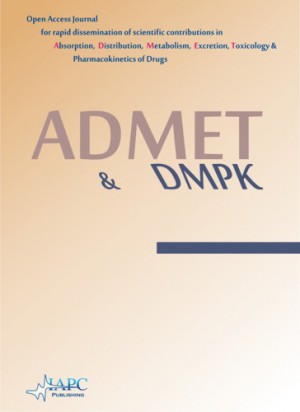
ADMET & DMPK
Yazarlar: ["Arooj Ahsan", "Bushra Mazhar", "Muhammad Kamran Khan", "Madiha Mustafa", "Muhammad Hammad", "Nazish Mazhar Ali"]
Konular:-
DOI:10.5599/admet.1053
Anahtar Kelimeler:Bacteriocin,Antibacterial activity,Lactobacilli,Bacteriocin encoding genes.
Özet: Lactobacilli are the most common probiotics used in food and other industries because of their capability of producing bacteriocins. Bacteriocins are compounds that are used to kill pathogenic microorganisms. As most bacteria have become resistant to synthetic antibacterial tools, the importance of using probiotics as antibacterial agents has increased. This work was done to check the bacteriocin effect on some common pathogens and the influence of mutation on the bacteriocin activity of Lactobacilli was also investigated. Four strains were isolated, identified from meat and pickles samples via culturing methods, staining, biochemical tests, and ribotyping. Preliminary tests, including Gram staining and catalase test, were done for the confirmation of Lactobacillus species. All strains were gram-positive and catalase-negative. Antibacterial activity was checked against Pseudomonas aeruginosa, Staphylococcus aureus, Bacillus thuringiensis, Escherichia coli, and Salmonella enteritis via agar well diffusion method. The mutations were done using ethidium bromide and the influence of wild and mutants were also checked. Interestingly, mutants developed more virulence than wild ones. It was also observed that they all were sensitive to pepsin. Protein estimation was done via Bradford method. Ribotyping of GCU-W-PS1 revealed 99 % homology with Lactobacillus plantarum and GCU-W-MS1 to Lactobacillus curvatus (99 % homology). Curvacin A, sakacin P, and plantaricin A genes were also amplified using specific primers. Gene sequence showed the presence of curvacin A gene in GCU-W-MS1. It was concluded that lactic acid bacteria could be used as antibacterial tools against common pathogens.